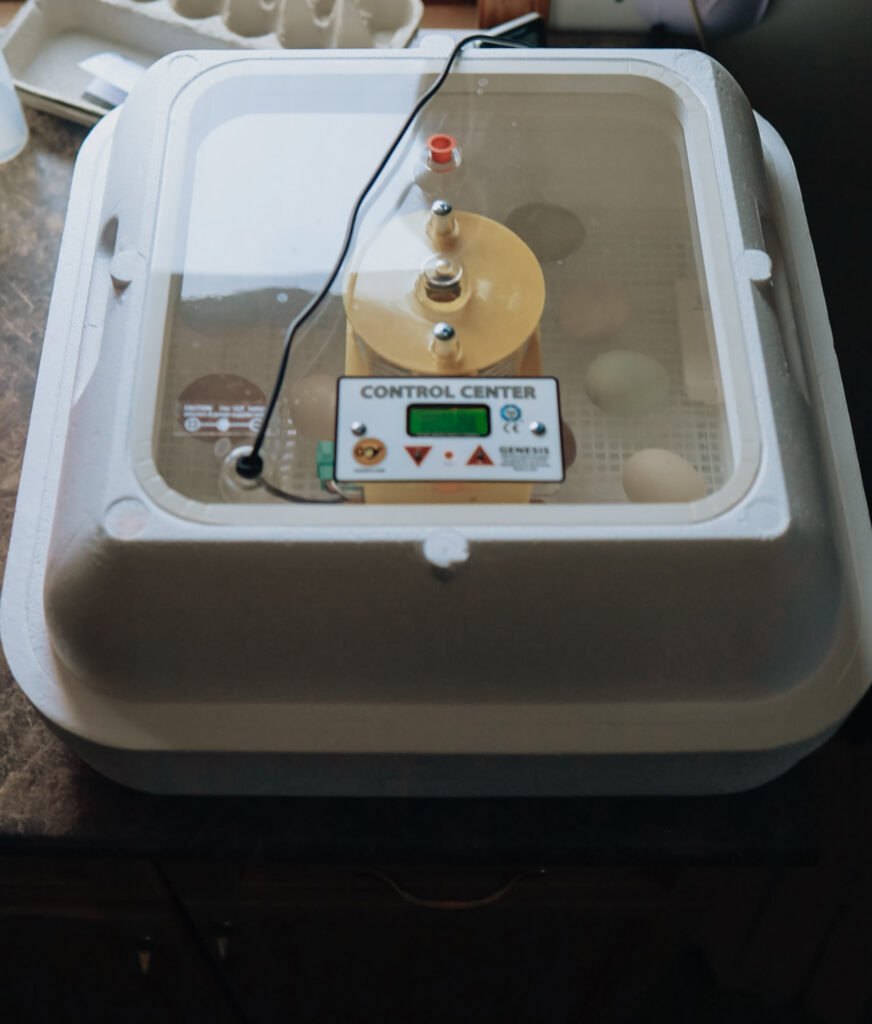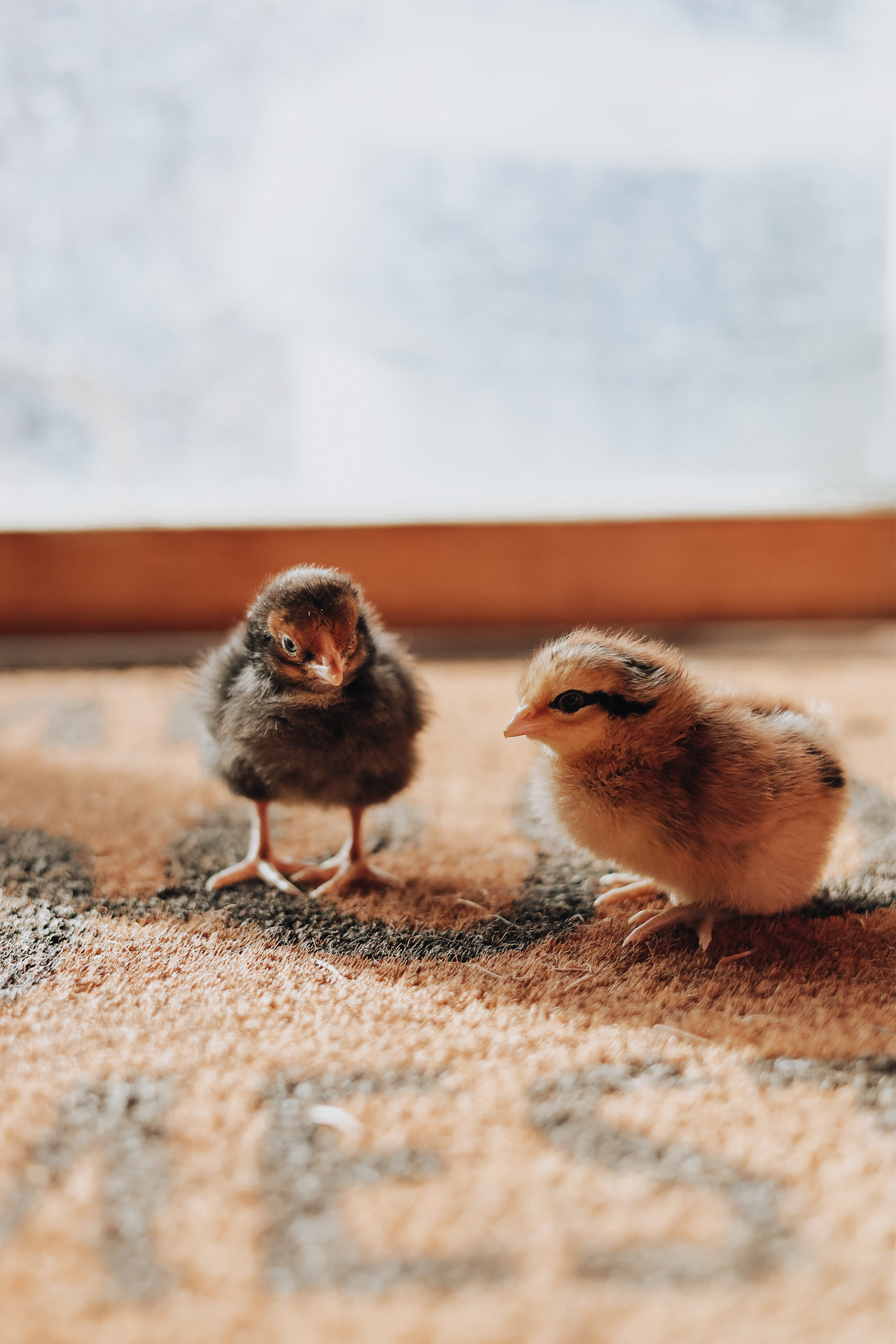Spring Is For Chickens: Raising Chickens From First Hatch
Join us as Hadleigh Burch takes us through the process of raising chickens in the spring from eggs to young chickens with her family on the homestead.
Oh springtime, that most welcomed time of the year here in our northern hemisphere home. The dark days of winter start to slip behind us; the sun rising just a little sooner in the mornings and staying out to play longer during the day. The yards of snow receding back into the treelines until they are just little hills of white in the shadows of giant spruces. Warm breezes blow in across the air, as every window in the house is thrown wide to accept them with open arms. The smell of wet soil and warmer days brighten the senses.
The Ritual of Spring Planting
This is the time of digging through garden sheds for seedling trays and containers. Planting tiny little seeds beneath dark soil and watching them sprout from the comfort of our south facing window. Kitchen tables are quickly filled with seed trays, the warm smell of wet dirt drawing condensation onto the window panes.

Embracing Farm Life: The Joy of Hatching Chicks
Yes, growing plants is cool and all, but have you ever grown baby chickens? Here on our farm, the real arrival of spring comes with the first hatch of baby chicks. The house filled with the tiny chirps of little fluffy babies, excited little children peeking through plastic windows on incubators to get a better look. It’s the excitement of hatch day, the preparation for lock down and selecting the perfect eggs to place into the incubator to begin it all.

The Colorful Promise of Fresh Eggs
We like to source our eggs locally for hatching, from neighbouring farms or reputable breeders depending on what we are looking to add to our flock. Over the years the addition of chickens to our coop started with the chicken’s appearance and evolved into what colour of egg they were going to lay for us. In the throws of summer when the ladies are at the peak of laying, there is nothing that makes my heart happier than a carton full of rainbow eggs. Rich chocolate browns, deep olives, brightest blue, peeks of pink, speckles and more fill our cartons.
The Incubation Process
The process begins when the incubator is brought out of the shadows of storage in our feed shed, into the house to be washed and sterilized. After cleaning and drying, we set up our incubator and plug it in to prep and warm in our laundry room. This is one of the few times my husband caves and allows the farm animals into the house with us. The incubator is set up on the laundry counter, the eggs are placed inside into an automatic egg turner, the temperature and humidity are set and we begin the 21 day wait until hatch day.

Hatch Day: A Family Affair
Around day seventeen of the incubation period, the incubator is put into ‘lock down’, where the turning rack is removed, the humidity adjusted, ventilation opened and the incubator is no longer to be opened up. This is an exciting time as it means we are only days away from the little chirps of fluffy butts hatching from the eggs. This is also the time where I start habitually checking the little window on the incubator for any movement or cracks in the eggs.
When hatch day arrives I think we spend the majority of our time walking back and forth from our daily tasks into the laundry room to check the eggs hourly. When the first little pip appears in an egg it is game on. The chick will pip a little hole into the end of the egg and thus start hatching out of the shell. Once the first baby emerges, and the little chirps fill the incubator, it isn’t long before the others follow suit.
While I am always excited at the process, the last couple years of hatching have been my favourite so far, as I watch the excitement and joy on my daughter’s face as little chicks emerge from the eggs. The awe in which she sits on the counter beside the incubator, staring in through the little windows and watching in wonder as life is born right before our eyes. Her exclamations of aww and her little cries of excitement are why we are doing this, surrounding her on the farm with life and lessons.

From Incubator to Brooder
Once the chicks have all hatched, and we’ve given an extra day or so for the eggs that haven’t, just to be sure, the babies are moved out into a warm room off our garage. The house feels awfully quiet for those first few days, but I don’t miss the smell of chicken poop in my laundry room! The chicks then live in a brooder which we converted from an old dresser. With bedding, a red heat lamp and access to water and food, they stay in the brooder until their downy fluff has turned to feathers and they can handle the drops of nighttime temperatures outside on their own. We visit them several times in the day to check in, to peek in at the babies making sure they are comfortable, dry and fed. In summer, the chicks will be moved out to a small coop attached to our main chicken run. Here they can grow beside the flock and get to meet them through the wire, so that come late summer when they join the flock they are already somewhat acquainted.

Laying Eggs and Sustaining Life
We are rewarded come autumn when the new chickens begin to lay, and it is always fun to see what colours and size of eggs we will get from our new flock members. With the rising cost of egg prices this year, we are especially grateful for our laying ladies and the opportunity to collect fresh eggs from our coop daily, for ourselves, friends, and family.
Article From: Spring 2023 Issue #10
More Articles By Hadleigh

February 29, 2024
Keep Reading
next post
previous post
© 2025 Trailblazher Co. All Rights Reserved.
Legal
